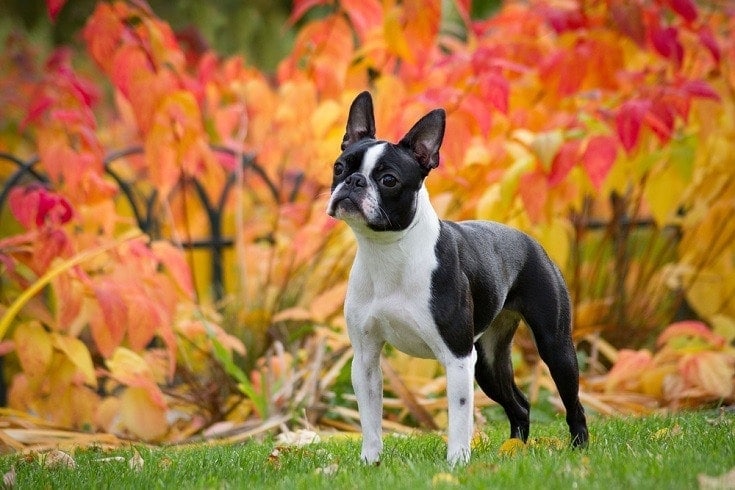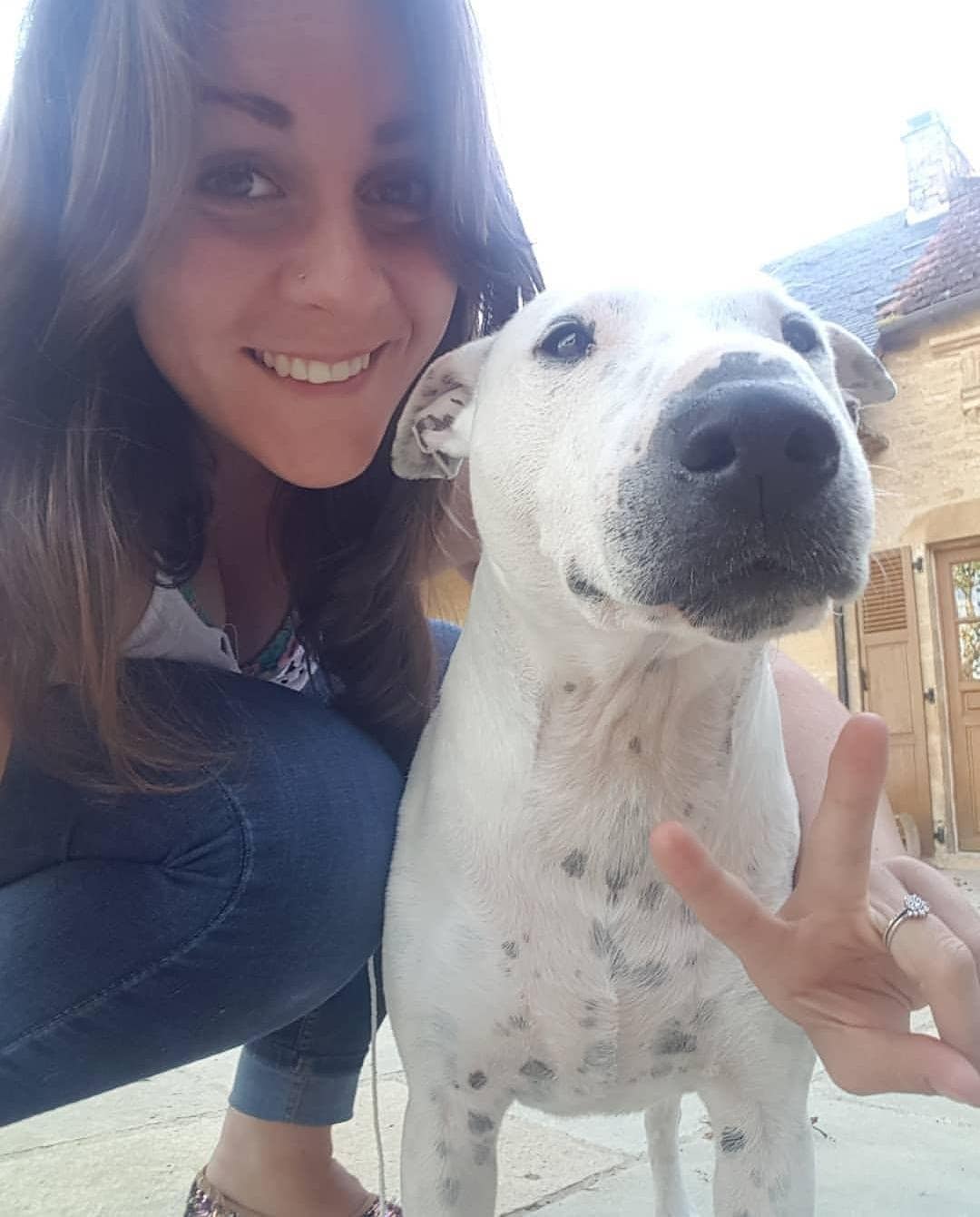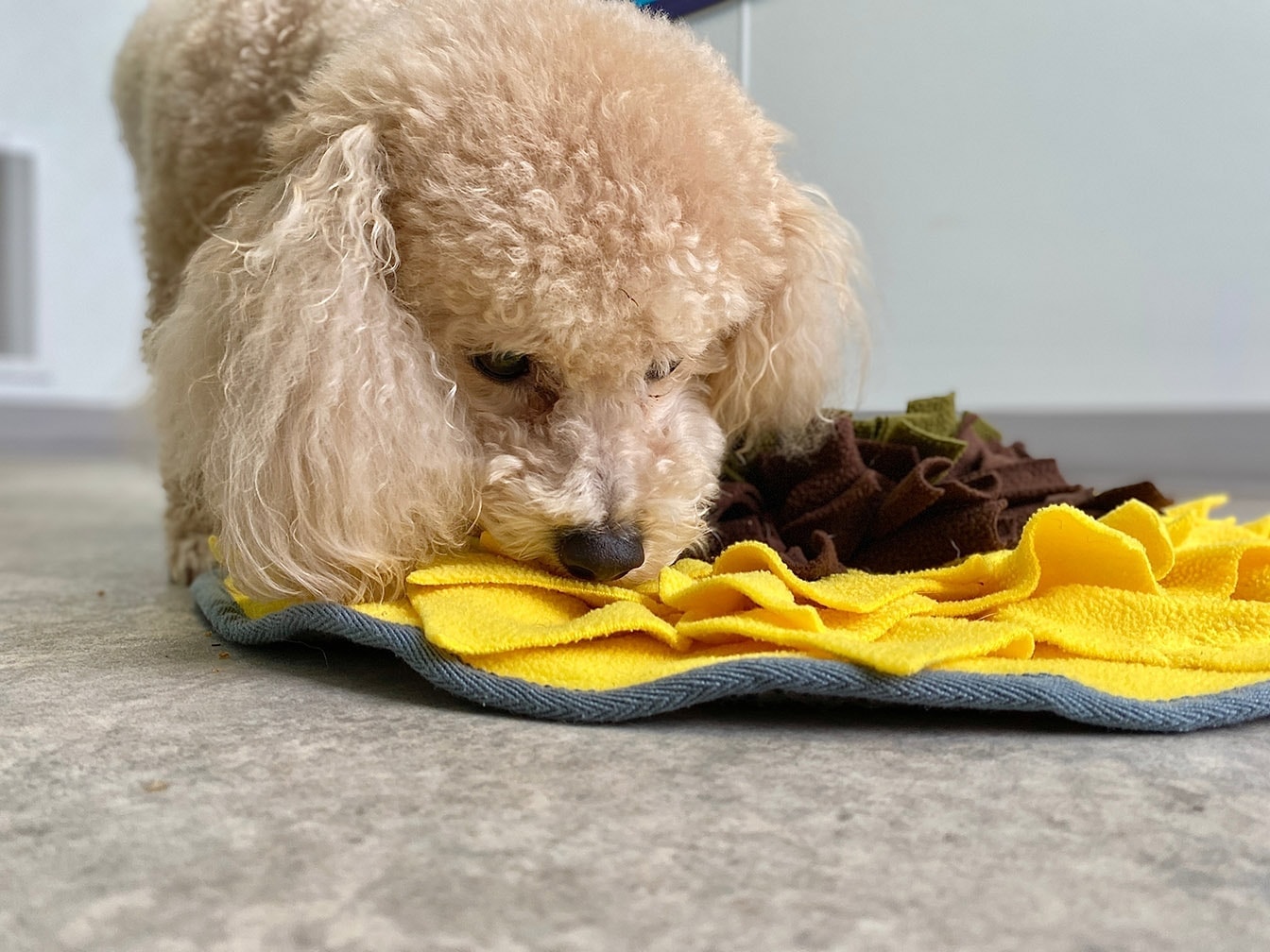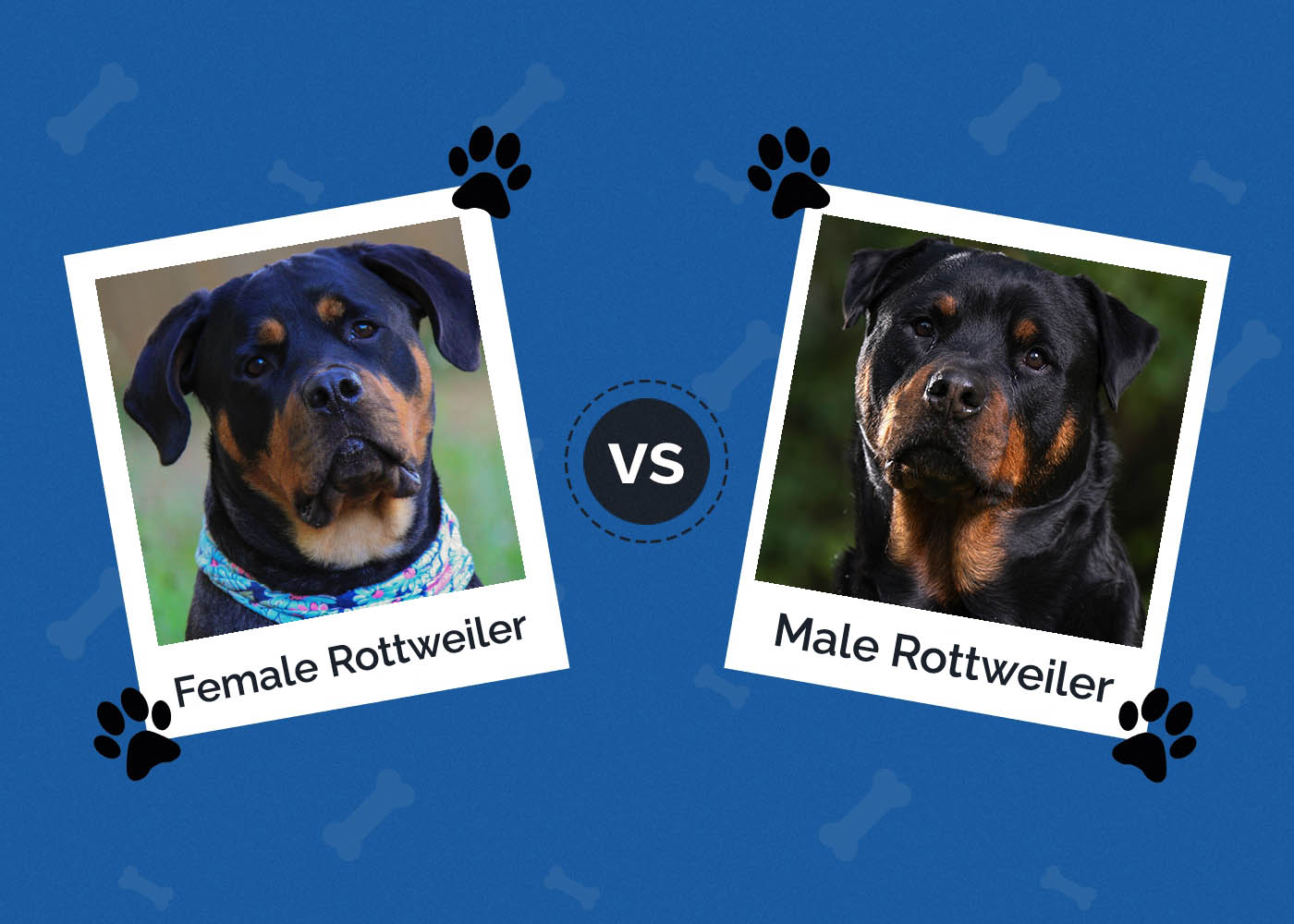9 Yorkie Colors & Markings (With Pictures & Chart)

Updated on
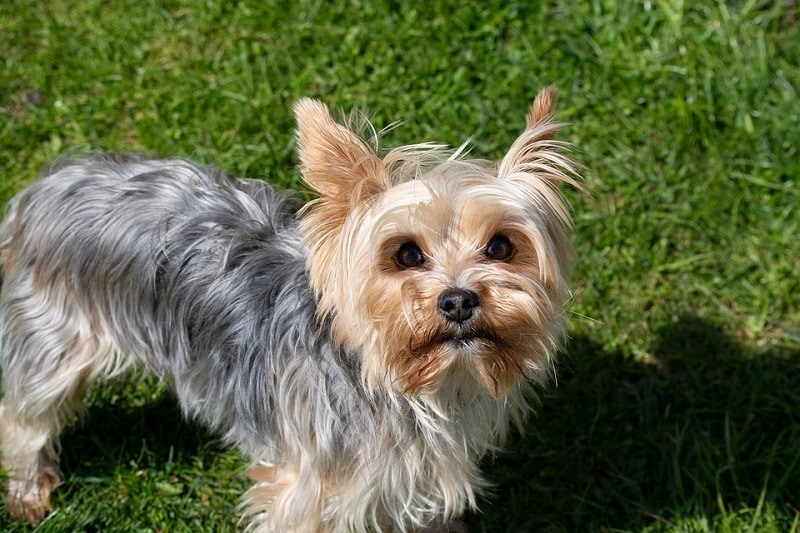
Yorkshire Terriers are gorgeous and glamorous dogs, and that’s mostly due to their silky coats.
All Yorkies are born with black and tan markings. However, as they age, their colors can change, giving them a distinctive look that their owners know and love.
If you’d like to know more about the various Yorkie color combinations that these feisty little dogs can sport, read on — the guide below will walk you through every possible permutation.
Yorkie Colors
Yorkies come in four colors, although these can be mixed and matched into different combinations.
The 4 Yorkie Colors Are:
According to the AKC, the only way those colors can be matched on “true” Yorkies is as follows:
- Black and Tan
- Blue and Tan
- Black and Gold
- Blue and Gold
- Parti – Which is Black, White, and Tan
As mentioned, though, Yorkies start as black and tan when they’re puppies. They don’t mature into their final coat colors until they reach 2 or 3 years old.
Quick Look at Various Yorkie Colors (With Pictures)
The color combinations above represent the vast majority of hues that you’ll find on these dogs. However, there are a few other possibilities that are extremely rare.
Below, we’ll take a look at a few color combinations and what they tell us about your dog at the genetic level.
1. Black and Tan Yorkies
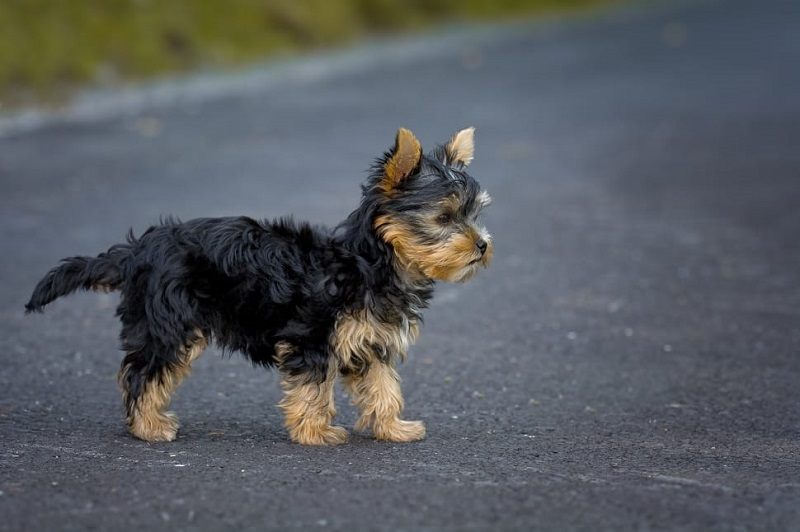
If your dog retains its black and tan color after reaching maturity, then that means it lacked the graying gene. Typically, most of the black fur is on the torso, while the tan hair is on the legs, face, and chest. Of course, this can differ from dog to dog, but it’s rare to see many variations in that regard.
2. Black and Gold Yorkies
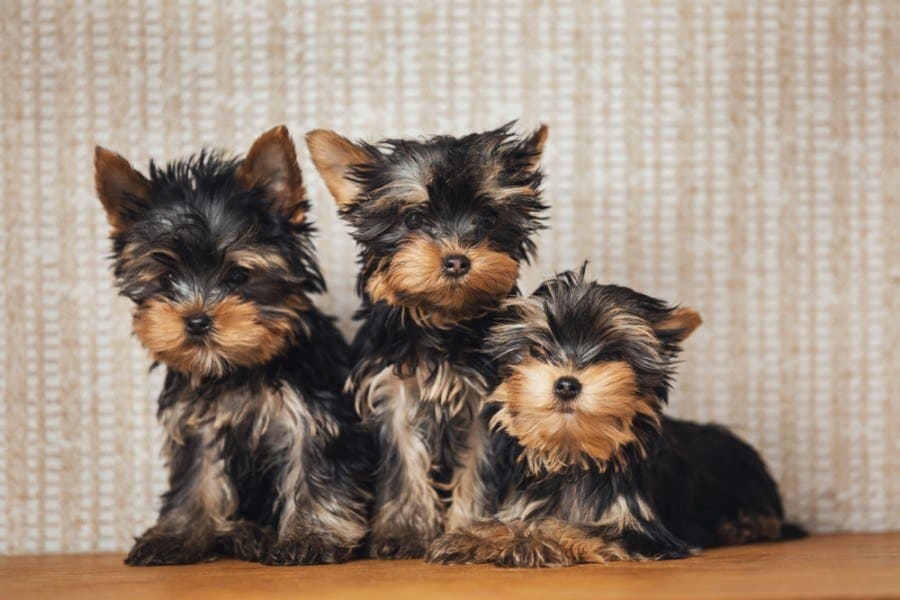
These dogs have one graying gene that affects the tan portion of their coloring. They still closely resemble black and tan Yorkies, although the non-black areas are much lighter.
3. Blue and Tan Yorkies
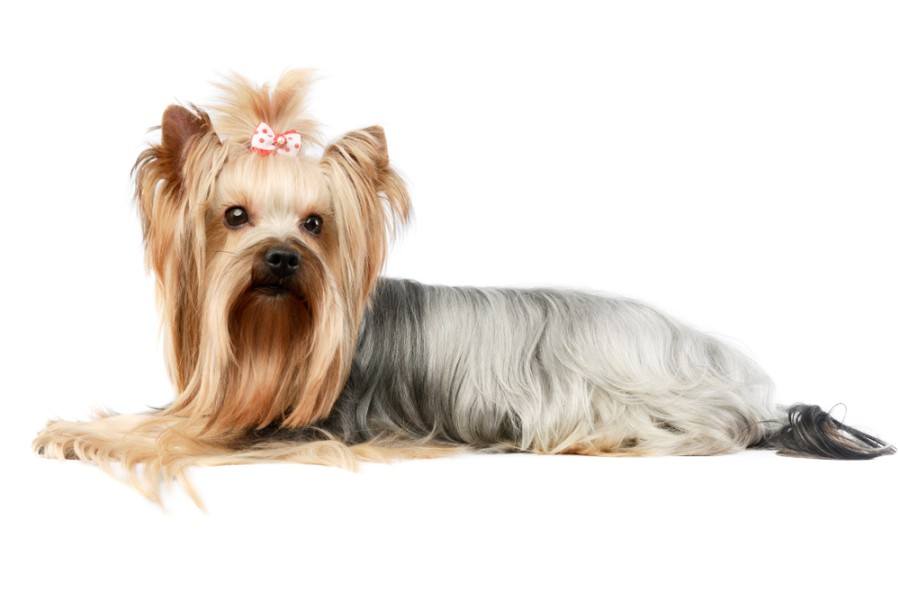
These dogs also just have a single graying gene. However, the blue Yorkshire Terrier coloring really stands out compared to the standard black. These pups have bright, shimmery coats that reflect light. Also, their tails tend to be darker than the rest of their bodies.
4. Blue and Gold Yorkies
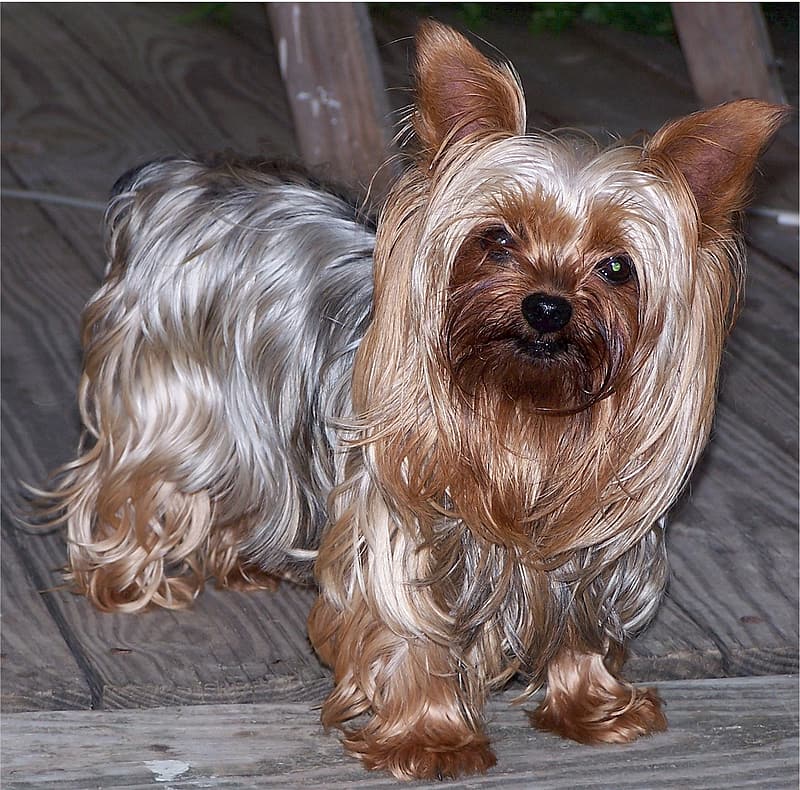
Blue and gold Yorkies have two copies of the graying gene. This is the color combination that’s most commonly found on adult dogs. Typically, their coats are darker at the root before fading at the tip, but this can be affected by a variety of factors, including how closely you cut their hair.
5. Parti Yorkies
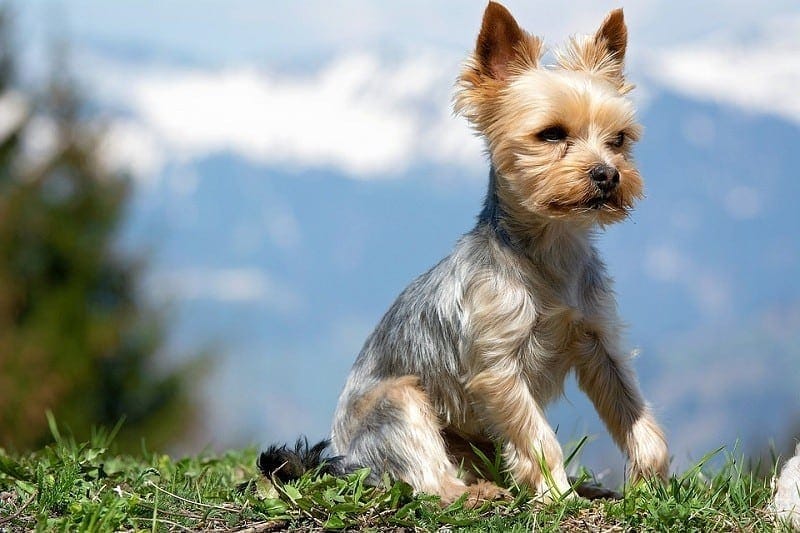
Parti (short for “particolored”) Yorkies are blue and tan, with a dash of white thrown in for good measure. You may also see chocolate in place of the white. The white fur can be mixed in with the rest and is often the predominant color.
The whiteness is a result of the recessive piebald gene, and both parents must possess it to create a Parti Yorkie. However, even if both dogs have the gene, that doesn’t mean you’ll get any Parti puppies.
6. Blue Yorkie
While most Yorkie puppies are black and tan, occasionally, you’ll have Yorkies that are blue from birth. Unfortunately, this is a tragic combination. These dogs rarely survive longer than a year, and the ones that do live such a miserable existence that it’s generally considered humane to put them down.
Some breeders advertise blue Yorkies as if they’re some sort of status symbol. Needless to say, you should stay far away from those breeders.
7. Black Yorkie

You may stumble across a black Yorkie, but how is that possible? Simple: you mix them with another dog.
There’s no such thing as a purebred black Yorkie, so don’t believe any breeder who tries to tell you otherwise. However, that doesn’t mean that these aren’t good dogs; it simply means you won’t be able to brag about their bloodlines.
8. Red-Legged Yorkies
Genetics are a funny thing. While most genes are clearly taken from the parents, occasionally one will pop up that can be traced back several generations. That’s what happens with red-legged Yorkies.
These are technically red and black Yorkies, with the red coming from two copies of a specific recessive gene that they inherited from long-ago ancestors. In addition to being a strange color, the gene also makes their hair stiff and wiry.
9. Chocolate Yorkies
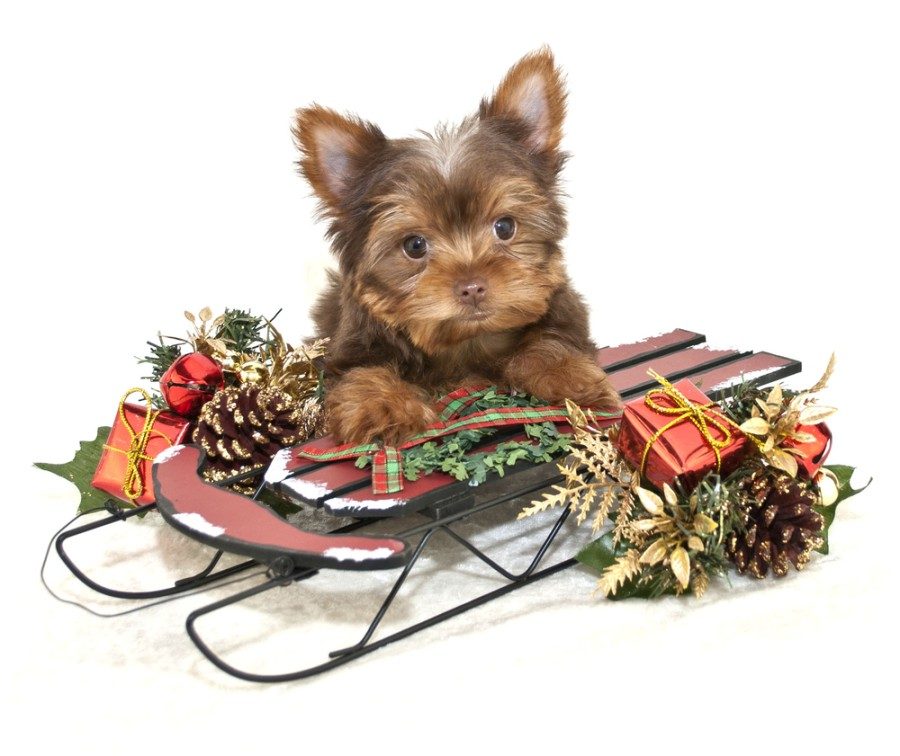
Chocolate Yorkies have an entirely brown coat. It’s due to a specific recessive gene known as the b allele. It’s certainly possible for purebred Yorkies to have a chocolate coat, but sometimes the coloring is a telltale sign that the breeder has mixed in another dog’s DNA (usually a Dachshund). Be sure to do your homework before paying purebred prices for a chocolate Yorkie puppy.
A Brief History of Yorkies
You might not believe it given their dainty appearance, but these British dogs were originally bred to be coal miners — or rather, they would hunt the rats that lived in mine shafts. Beginning in the mid-19th century, workers would take them down into the mine and turn them loose, allowing them to kill any vermin that would otherwise prove to be a nuisance. They were also valued as hunting dogs. Since they’re so small and tenacious, they were perfect for diving in holes to ferret out foxes and badgers. In fact, the breed was known for its remarkable bravery.
Late in the 19th century, popular opinion of the dog began to change. Rather than being used for brutish tasks like killing rats, Yorkies began to be prized as a companion animal, as it was dainty and gorgeous. That’s still how most Yorkies are viewed today: as beautiful lap dogs. Very rarely are they called upon to hunt, although the skills are still buried in their genes. Instead, they’re content to sit in luxury, soaking up affection and devouring the occasional treat.
Where Does the Blue and Gold Come From?
Many Yorkies have something that’s known as “the graying gene.” Basically, it causes their bodies to produce a certain type of pigment that causes the color of their coats to fade a bit. As a result, the black can turn to blue, and the tan can turn to gold. Or it can stay the same, and you’ll have a black and tan puppy that grows up into a black and tan dog.
All genes come in pairs, so the coat’s ultimate color depends on how many graying genes your dog has. If just one, then you’ll either have a black and gold or blue and tan dog. If both, you’ll have a blue and gold Yorkshire Terrier.
There’s no way of knowing what a Yorkie puppy’s coat will do as it matures. You may be able to get some idea by looking at their parents, but even then, it’s a crapshoot.
A Rare Yorkie Color
A few Yorkies have what’s known as a “recessive piebald gene.” This is what causes the white Yorkie coloring. This is extremely rare, though, and it makes those dogs extremely expensive.
Conclusion
You may see Yorkies in a wide variety of other colors — there are far too many possibilities for us to list every single one here. As a general rule, though, any non-traditional color is the sign of a non-purebred dog. However, don’t let that put you off — unless you’re planning on breeding or showing your Yorkie, a mutt is every bit as good a dog as a purebred animal. In fact, mutts are generally healthier!
Regardless of what color your Yorkie turns out to be, you can rest assured you’ll have a plucky and spirited animal on your hands. After all, how many other dog breeds can tell you stories about their coal mining days?
See also:
- Silky Terrier Dog Breed Info: Pictures, Puppies, Traits & Facts
- 4 Cavalier King Charles Spaniel Colors (With Pictures)
Featured Image Credit: Pezibear, Pixabay





